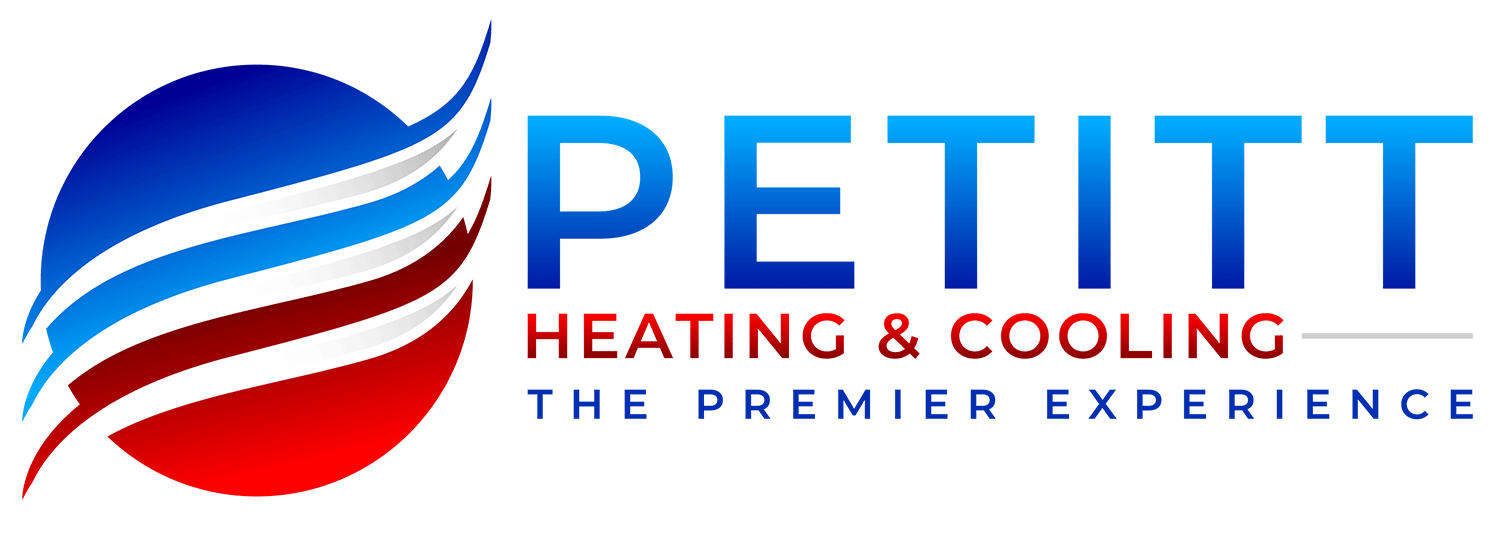Wondering how to improve the quality of air in your home and keep your family happier and healthier as they enjoy their time indoors? A growing concern for homeowners is mold growth, especially in climates like Sumner County and Middle Tennessee where high humidity levels can cause excessive moisture to accumulate – which could then lead to mold growth.
Mold growth in your home is a pressing issue that no homeowner ever wants to deal with. Mold is a type of fungus that can grow in moist environments and can cause various health problems like allergies, asthma, respiratory issues, and more.
Obviously, avoiding mold is a must, but eliminating it from your home can be challenging, which is why homeowners often look for ways to either prevent or decrease mold growth right off the bat. One effective solution is incorporate ultraviolet (UV) lights into your HVAC set.
What Is Ultraviolet Light?
Ultraviolet (UV) light is a type of electromagnetic radiation with a wavelength shorter than visible light. UV light is classified into three types: UV-A, UV-B, and UV-C. UV-A and UV-B are found naturally in sunlight, and can cause skin damage and increase the risk of skin cancer. On the other hand, UV-C is not present in sunlight and is commonly used in germicidal lamps to kill bacteria and viruses.
How Does Ultraviolet Light Kill Mold?
UV-C light has a wavelength of 254 nanometers, which is effective in killing bacteria, viruses, and fungi. When UV-C light penetrates the cell wall of mold, it damages the DNA and RNA, preventing the mold from reproducing and causing further damage. UV-C light is often used in combination with air filtration systems to provide a comprehensive solution for mold remediation.
Advantages of Using Ultraviolet Light for Mold Remediation
- Cost-Effective: UV-C light is a cost-effective solution compared to traditional mold remediation methods like chemical treatments or hiring professional cleaners.
- Safe & Chemical-Free: UV-C light does not use any chemicals, making it a safer and more eco-friendly option for homeowners who are concerned about the use of toxic chemicals in their homes.
- Time-Efficient: Mold remediation using UV-C light is a quick and time-efficient process. It can take as little as a few hours to start eliminating the potential for mold growth from a room.
- Effective: UV-C light is highly effective in killing mold spores, and it can prevent the growth of mold in the future.
- Increased Energy Efficiency: Since UV lights help to kill off contaminants, they can help your HVAC system run smoothly and more efficiently by keeping it cleaner. And the more efficiently your HVAC system works, the less energy it uses which can save money on energy bills.
- Reduces Maintenance Needs: Regular maintenance is an important step in keeping your HVAC system running at optimal levels, but adding UV lights will help keep your system cleaner and running more efficiently – which will cut down on maintenance over time.
- Easy to Install: Typically, UV lights can be easily installed by a professional HVAC technician in a timely and efficient manner.
Disadvantages of Using Ultraviolet Light for Mold Remediation
- Limited Coverage Area: UV-C light has a limited coverage area, and it can only reach the surfaces that are directly exposed to the light. This means that hidden areas – like behind walls or under carpets – will not be impacted.
- Ineffective Against Mold on Porous Surfaces: UV-C light is ineffective against mold that is growing on porous surfaces like fabric or carpeting. The light can only kill the mold on the surface, and it cannot penetrate deep into the material.
- Potential Eye & Skin Damage: UV-C light can cause eye and skin damage if exposed for prolonged periods. Therefore, homeowners should take precautions when using UV-C light for mold remediation.
- Initial Cost: Adding UV lights to your HVAC system can have high initial costs, you will want to compare the ongoing benefits of adding them to the initial cost when deciding if it is the right decision for your home and budget.
- Maintenance Needs: UV lights can help reduce maintenance needs on your HVAC system over time, but they have their own maintenance needs such as replacing the lights, which adds an additional cost to consider.
Let's Get Started - Call Today
Adding ultraviolet (UV) light to your home’s HVAC system is an effective and cost-efficient solution for limiting mold growth in your home. UV-C light has the ability to kill mold spores, bacteria, and viruses, making it a powerful tool in the fight against mold and other pollutants in your home’s air. In the end, it can be a great way to improve the overall air quality in your home.
If you are considering using UV-C light for mold remediation, call the professionals at Pettit Heating & Cooling at 615-654-0814 to discuss how to best improve your home’s air quality or you can reach out to us online. We’re here and happy to help.

Recent Comments